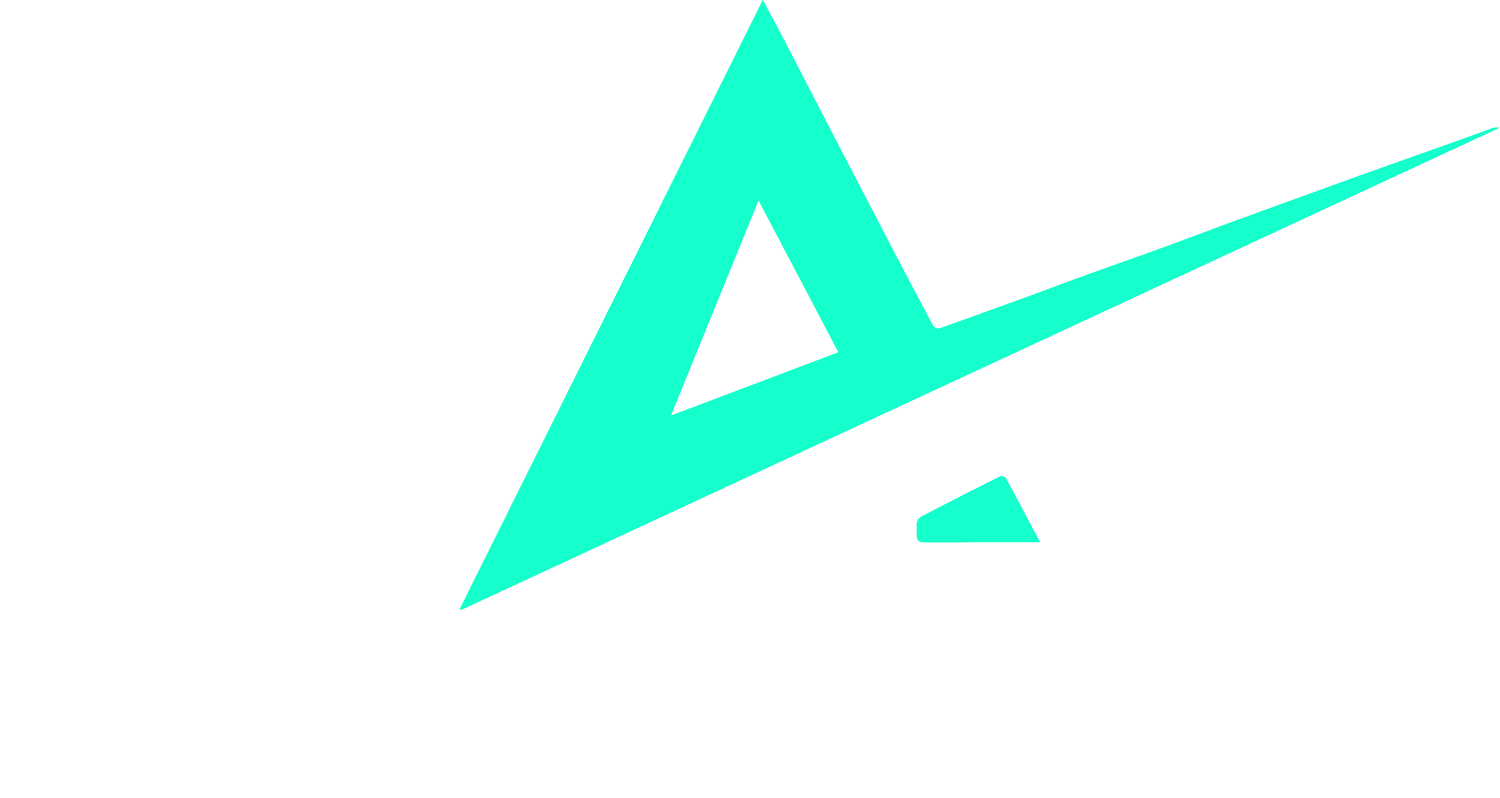Can Water Science Outpace Drought in the Western United States? (Yes, it can)
We have a water problem in the West.
Drought in the Western United States is limiting agricultural advancement, limiting domestic consumption capacity, extending the fire season, and it’s also limiting hydroelectric production.
A particularly problematic example in 2024 is the low water levels in Lake Mead. Less water in the reservoir means less capacity to produce electricity, forcing Californians to use more natural gas to fill in the grid gaps. This is just one example of many similar scenarios throughout the west. It’s ultimately leading us down the same path we’ve been on: a warmer planet with less water available.
The agricultural problem is also acute. Seven states (California, Washington, Oregon, Utah, Arizona, Colorado, and Idaho) produce 21.8% of our food supply. When we factor in the fact that Mexico’s major growing region in Sinaloa, Chihuahua and Sonora are experiencing unprecedented droughts, the food security threat from water scarcity becomes existential. A few more bad drought years in a row could threaten food security for millions of people if we’re not diligent about fixing it.
These problems are menacing and it can seem like doom and gloom is on the horizon…but new groundbreaking solutions in water science are equally impressive.
Below are a few emerging technologies and hydrology advancements that can help struggling farms, business, communities, governments, and NGO’s get in front of water problems.
Recent Water Science Advancements
Desalination:
Desalination removes salt from seawater to make it suitable for human consumption and agriculture. Recent innovations make desalination more energy-efficient and environmentally friendly.
However, at the moment, there is no desalination technology that can be bought, connected and run to replace current systems efficiently (desalination also generates bracky, toxic water as a byproduct). The science behind this water tech is promising, but it’s still very energy intensive and is years away from making a dent in demand.
Artificial Intelligence:
AI water management, known as 'smart water management,' is helping to reduce waste. Farms, golf courses, and community developments are reducing water waste via sensors, data analytics, and automation.
Unfortunately, the drop in waste is relatively small, and it probably won’t offset the drought problem. Water demand is increasing faster than we can offset it with AI.
We still need to implement AI and Information Technology to save water, and smart water tech is a reason to celebrate. But it doesn’t solve the supply problem. We need more water to meet current demand in the West. Period.
VORTERRA WATER™:
VORTERRA WATER™ reduces water demand on farms and golf courses by up to 33%. That alone solves the problem.
Here are the numbers:
-79% of all water in the the Western United States is used to grow food. (Source)
-That means a 33% reduction from VORTERRA is equal to a gain of 26% of TOTAL water supply in the region.
A 26% supply increase is the same as pouring 2,452,260,099,225 gallons of water from a giant pitcher into Lake Mead! Now imagine that same giant pitcher returning 26% of every thirsty reservoir in the West. Now imagine it all over the world…
That’s what VORTERRA WATER™ does. And it’s not just a one time savings…it’s ongoing. Every year that passes, 33% of the water stays in the reservoir. The reservoir levels will go up for a change.
Basically, VORTERRA WATER™ works like this:
Advancements in water science have led researchers to discover new ways to deal with water polarity. Here’s why polarity matters for water:
When we send water through pipes, the water swirls back and forth as it travels down toward the sprinkler at the end. All the swirling “clumps” the water molecules together.
While we can’t see water clumps with our naked eye, plants certainly can tell when water is clumpy. Sloppy, clumpy water doesn’t uptake into plant roots as well, so we have to use more water on our lawns and crops to make sure everything gets properly hydrated.
VORTERRA treats water so that it’s not clumpy. When the water’s polarity is fixed, plant roots can readily bond with more water molecules. Plants get hydrated with less water. Farmers and turf aficionados get the same results for less water, and the savings also carries over to fertilizer.
Installing VORTERRA WATER™ on irrigation lines is a viable path to saving our collective bacon.
We get to grow all the food and turf we want, and we also get to keep enough water locked in the reservoirs where we need it to maintain our power grids. Everyone wins.
The Way Forward with VORTERRA WATER™
Our bolt-on water polarity treatment technology is working on farms right now. Check out the most recent case studies, and you can see the savings yourself..
It’s important to see real farmers and businesses getting value from VORTERRA WATER™. Without farms and business bought in, a real solution to the water scarcity problem is hard to find.
It’s nearly impossible to get the Federal and State Government to manage everyone’s water fairly, as was evidenced by the cumbersome redistricting of irrigation water along the Colorado River in late 2023. Instead of relying on our government to mandate a solution, farmers and businesses can solve the problem and save a bunch money on water and pumping costs.
We can collectively make a huge impact on the water scarcity problem without need for outside intervention…we have the water science to do it ourselves now. But until VORTERRA units are bolted on to irrigation lines and working, we face the same old problems.
If you’d like to know about some of the details of a unit's capabilities, get more info here. Or better yet, reach out and get in touch with us.
The drought problem in the West won’t solve itself, but we can solve it together. Spread the word…a real solution to our drought problems in the West has arrived.


